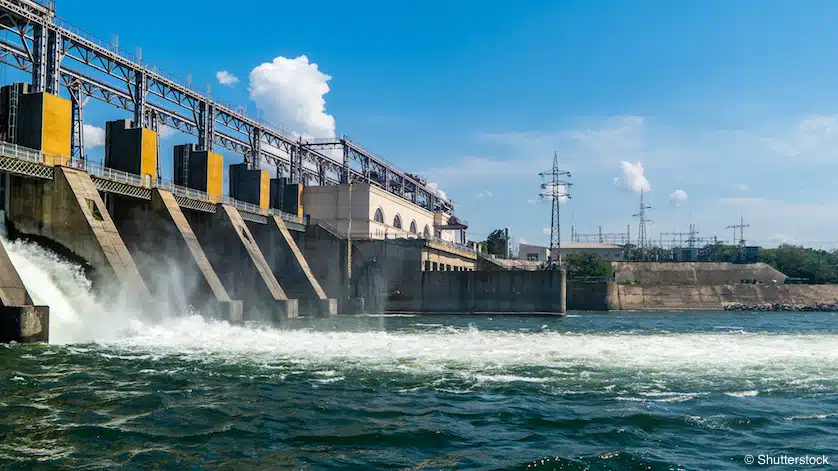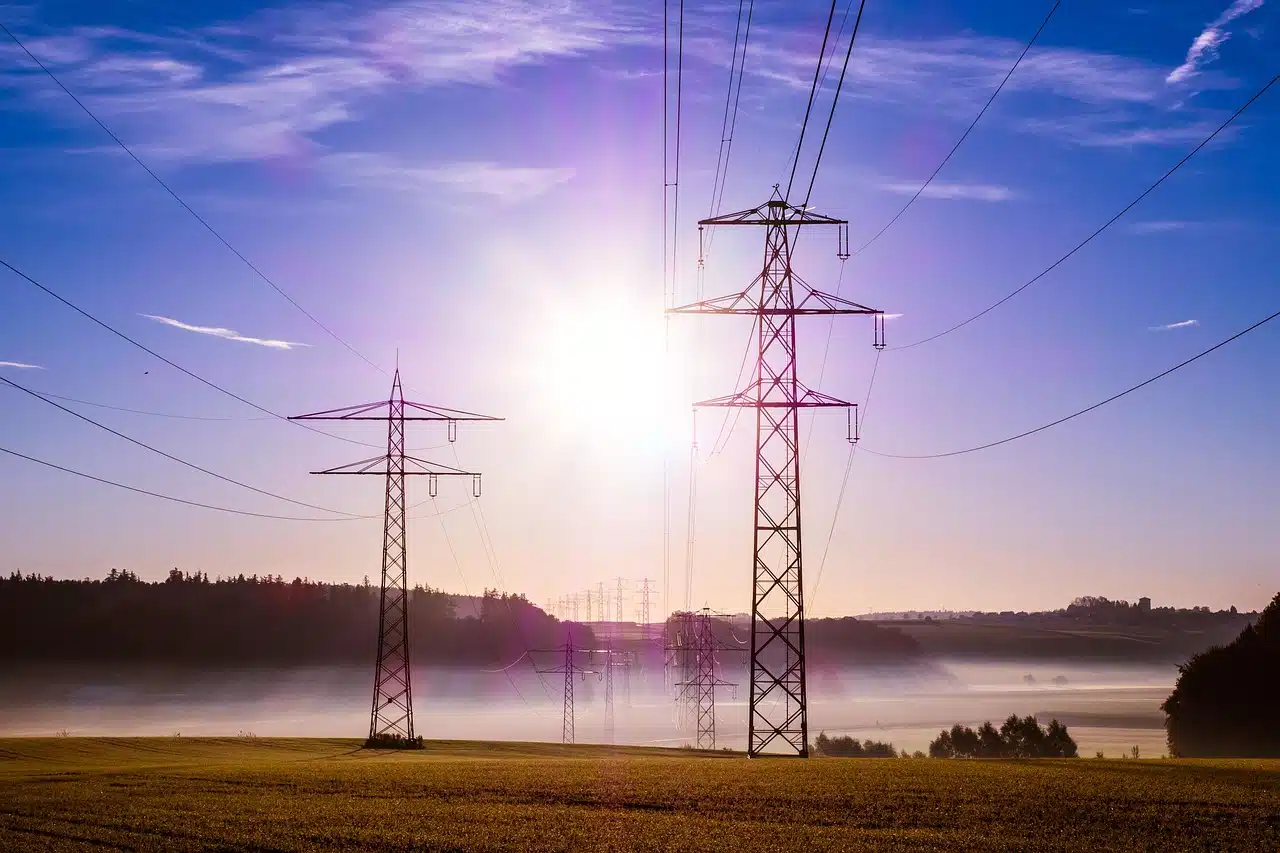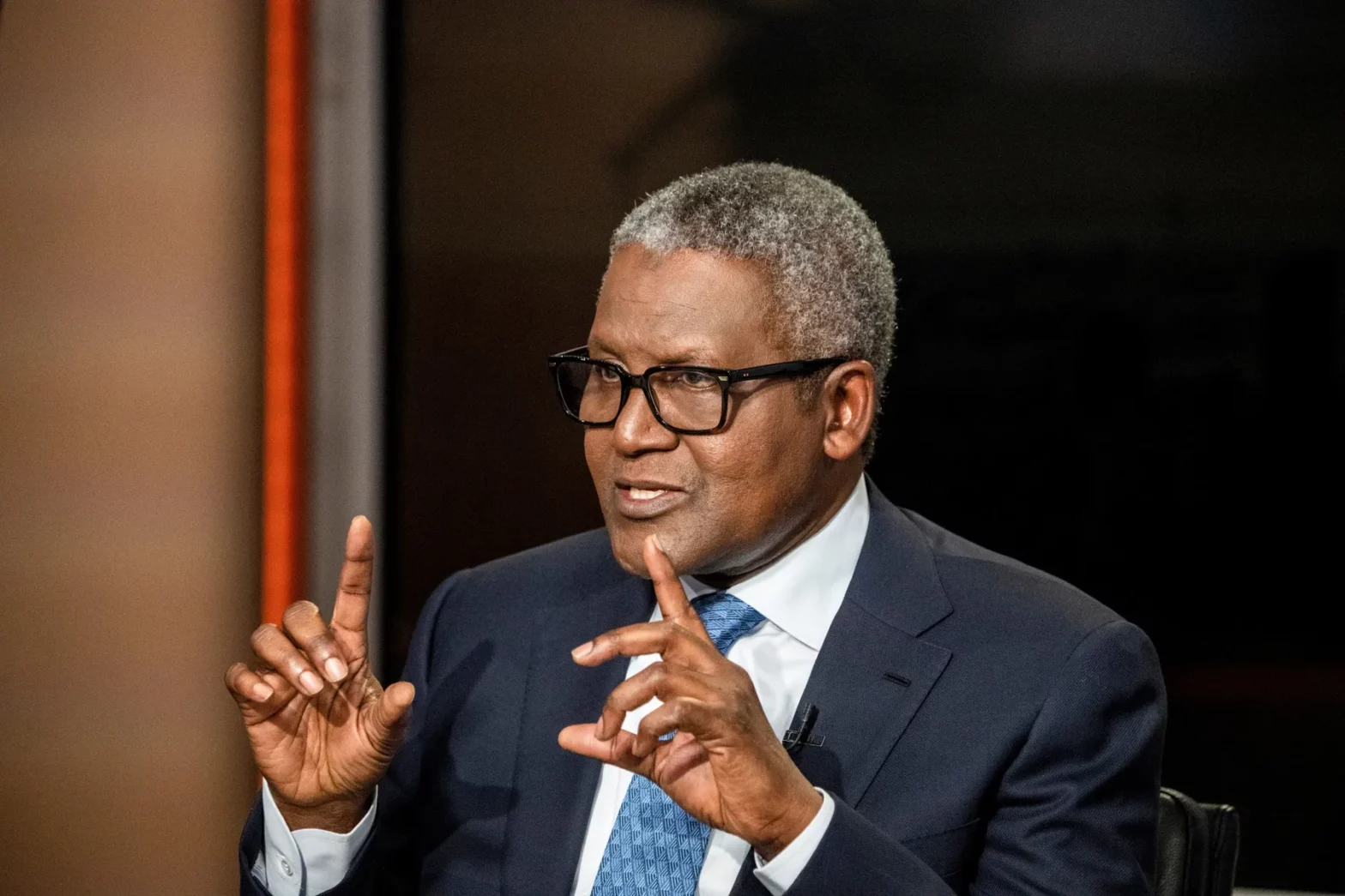The Centrale Électrique du Congo (CEC), a power plant in the Republic of the Congo, is set to recommission its GT1 turbine following a period of maintenance, according to people familiar with the matter.
This action is expected to boost Congo’s electricity production capacity, addressing power shortages that have previously impeded the nation’s economic growth and development.
CEC, located in Pointe Noire, is the only gas-fired power plant operating in the country. Jointly owned by the Congolese state and the Italian oil major Eni, the plant was built to operate with three turbines, supplying electricity to approximately 2.8 million people – over 70% of Congo’s population.
The recommissioning of GT1 in March 2025 is expected to restore the plant’s full capacity of 484 megawatts(MW), with plans underway to add a fourth turbine to further expand the CEC’s output.
Electricity access in the country remains limited, with approximately 49% of urban areas and 12% of rural regions connected to the national grid.
This disparity underscores the need for substantial investments in the power sector to improve accessibility and reliability.
Enhanced energy infrastructure is crucial for supporting industrial activities, improving the quality of life for residents, and fostering economic diversification.
The state of Congo’s power sector
In a recent report, the International Energy Agency (IEA) disclosed that 3 out of 5 people in the Congo do not have access to electricity. Natural gas makes up for 72% of total electricity generation in the country.
Because of this, Congo is actively promoting private sector involvement in gas-based power generation.
One such private investment is the Centrale Électrique de Djeno (CED), operated by Turkish power producer Aksa Enerji.
Located in Pointe-Noire and supplied by oil and gas fields operated by Eni, the CED plans to commission its first turbine in March 2025, adding 27% more energy to the national grid, with a second turbine expected in the third quarter of 2025 after maintenance.
Aksa Enerji also aims to invest in additional capacity and the installation of new transmission lines to export electricity beyond Congo’s borders to the Democratic Republic of the Congo.
To address electricity shortages, regional interconnection offers a viable solution.
The Boucle de l’Amitié Énergétique project, a 1,400 kV power line slated for commissioning in 2025, aims to interconnect the power grids of Congo, the Democratic Republic of Congo, and Angola.
Additionally, Congo has potential for renewable energy development.
The country has an estimated hydropower capacity of 22,000 MW, with only 3% currently utilized.
Hydropower projects like the Sounda hydropower dam, set to generate 600-800 MW, and the Ignié 2021-2046 project – a 65 MW hybrid solar and biomass plant in the Ignié Special Economic Zone – are steps toward harnessing these resources.
While Congo faces challenges in its power sector, strategic investments can pave the way for a more stable energy future.









